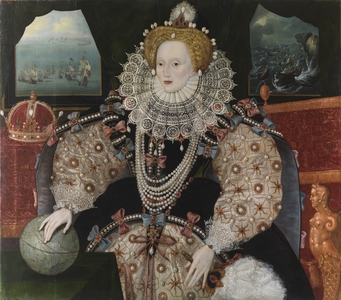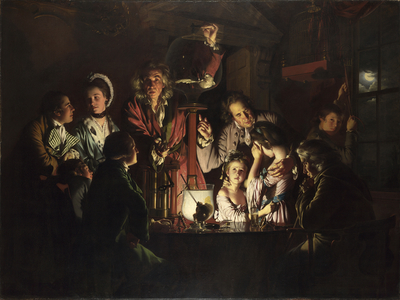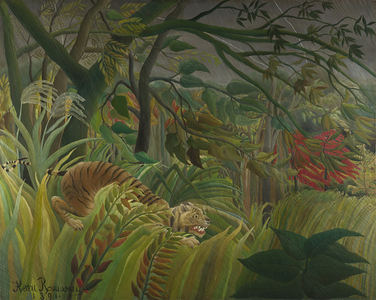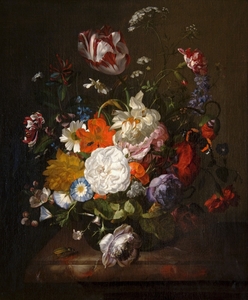The Q&A method at the core of The Superpower of Looking prompts deeper thinking (active learning) and encourages agency in learners by facilitating them to:
- learn and understand new concepts (the Superpower Kit)
- apply this learning to new images
- analyse images through activities and consolidate their learning and application skills through comparing and contrasting
- evaluate images through peer discussion, substantiating points with evidence; scrutinise and make critical judgements
- create and innovate across disciplines
You can start using The Superpower of Looking in your classroom straight away!
Our resources are designed to support your teaching of an artwork, with guided questions and activity ideas to get everyone learning. Follow these steps to get started.
Step 1: Choosing a lesson resource
All lesson resources centre around an artwork, so choose the one that is of most interest and relevance to your students. Lesson resources are grouped in themes based on the subject: history, still life, everyday, portrait and landscape. The first lesson resource in each theme contains detailed, scaffolded questions and guidance for student answers so you might want to start here. These are:
- History: The three wise men who visited Jesus
- Still life: Rachel Ruysch's flowers and insects
- Everyday: An experiment by candlelight
- Portrait: Queen Elizabeth I and the Spanish Armada
- Landscape: Surprised by a tiger!
All lessons can be taught in isolation and in any order. You may wish to choose a lesson based on the artist or because the artwork explores a subject or element you wish to teach.
Step 2: Preparing a lesson
Open your chosen lesson resource from The Superpower of Looking. Use the Download icon at the top of the page to download (and print if preferred) the teachers' notes.
Read the blue box titled 'Contextual background for teachers' to familiarise yourself with the artwork.
In this short video, teacher and resource consultant Penny Huntsman outlines the adaptable stages each Superpower lesson resource follows.
You may also wish to download and print The Superpower of Looking Kit which is used in all lessons.
This video demonstrates the Superpower Kit in action – a series of questions that introduce the formal elements we consider when we 'read' an image.
Step 3: Teaching a lesson
You can use the teachers' notes as a lesson guide, from introducing an artwork ('Look, describe and discuss') to developing questions and discussion through the nudge questions and questions from The Superpower of Looking Kit. We have created 'Everyone learning' activities to offer imaginative and adaptable ways to explore artworks and engage all students.
We recommend using the full-screen version of the zoomable image (available on each lesson resource) on display throughout the lesson to support careful looking.
If you feel you need more support and preparation for delivering The Superpower of Looking then you can view our curriculum links, read through our Everyone learning advice, and see how you can combine Superpower lessons with an Arts Award.
This video contains information about The Superpower of Looking videos, cross-curricular activities and using the resource with pupils with our 'Everyone learning' inclusive approach.
If you have further questions, you can also get in touch with Art UK via learning@artuk.org





